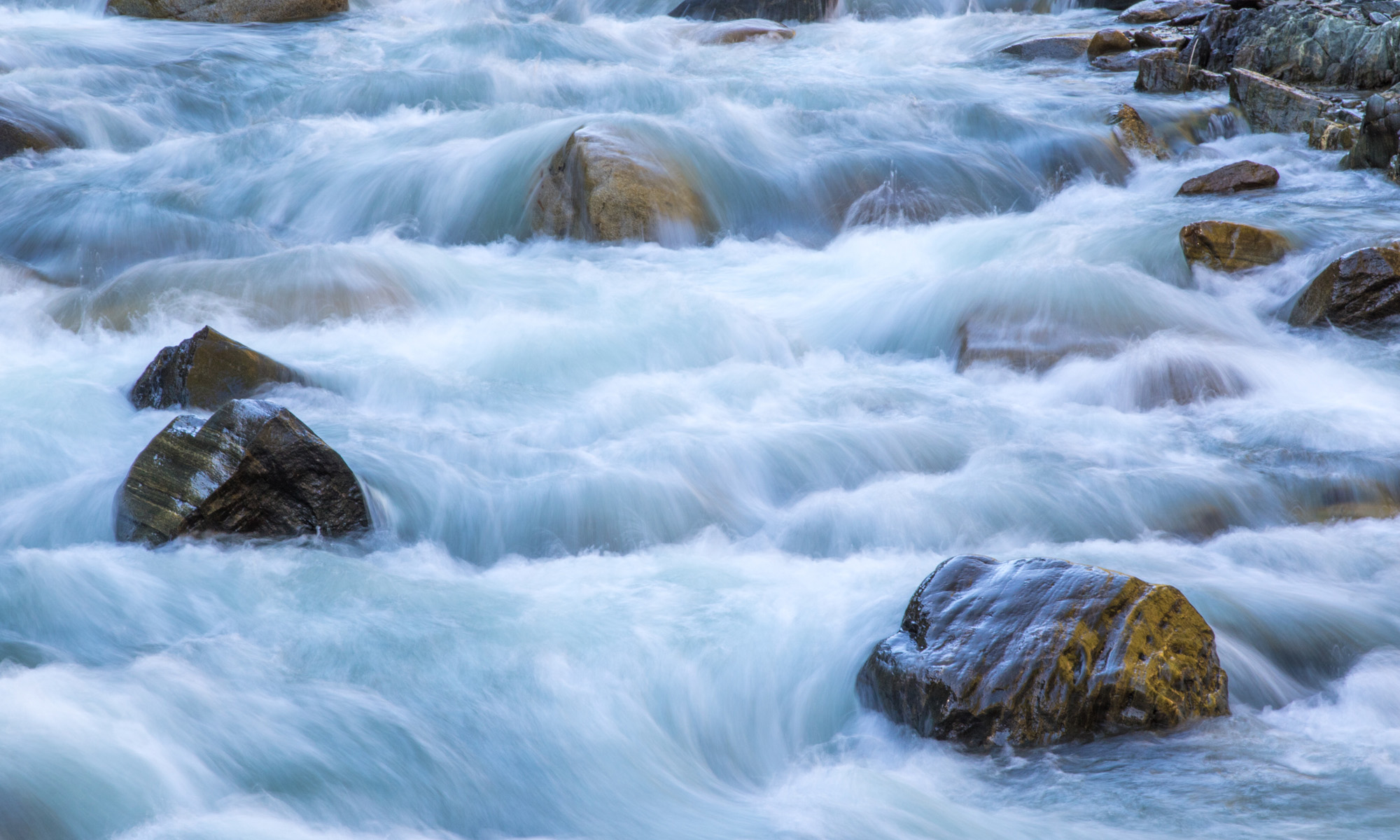Today’s Question: Is there a trick to get my camera to focus automatically at night? Very often it seems to search excessively for night shots, sometimes never establishing focus at all.
Tim’s Quick Answer: Setting a focus point at an area of relatively high contrast in the night scene can help, but in general I recommend using manual focus for night photography to help ensure optimal sharpness.
More Detail: Cameras can struggle to acquire accurate focus at night due to the relative lack of contrast in the scene. Setting a focus point on an area of high contrast can most certainly help. For example, when photographing a city skyline at night, you can set a focus point on the edge of one of the buildings, preferably along an edge that has strong contrast caused by backlighting or other illumination.
However, for the best results I recommend using manual focus, in conjunction with a zoomed-in live view display on your camera’s LCD.
Start by disabling the autofocus setting for your lens or camera, to ensure the camera won’t attempt to focus automatically. Then enable the live view display for your camera if it isn’t already active. Use the zoom feature for the LCD display to zoom in on a key area of the scene, preferably to about a 10X zoom setting if available. Be sure to zoom the LCD display, not by adjusting the zoom setting for your lens if you’re using a zoom lens.
At this point you can fine-tune the focus setting for the lens based on the zoomed-in view on the live view display. With the autofocus setting disabled, at this point you can capture multiple images without worrying that the focus has been changed by the camera. Of course, you’ll still need to use care to ensure the focus (or zoom) on the lens is not changed inadvertently.
By the way, you’ll can get great practice photographing night scenes with me in New York City by joining me for my New York City Photo Workshop in 2018. All of the details are available here:

